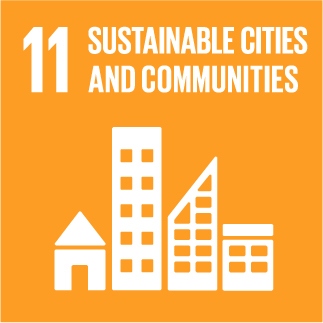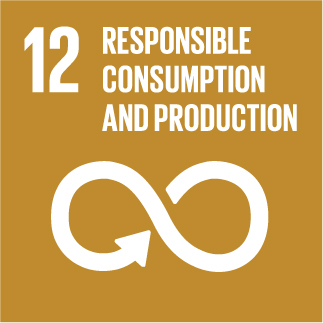URBANREC
Suitability of Composting Process for the Disposal and Valorization of Brewer’s Spent Grain
The brewing industry is characterized by the large production of by-products. Following the fundamentals of a circular economy, several attempts to recycle brewers’ spent grain (BSG) have been investigated. However, little information is available on its use for composting. Considering the main parameters required for optimal development of composting, the objective of the present review was to analyze the literature to determine whether the microbial and physicochemical characteristics of BSG make it suitable for direct composting. As the main factors in the composting process, we considered the BSG moisture content, total carbon, total nitrogen, C/N ratio, and pH. As described in the literature, the BSG moisture content, C/N ratio, and pH range from 70.6% to 81.3%, 7.1 to 26.5, and 3.8 to 6.9, respectively. This C/N ratio range is lower than the composting target range (20–30). Instead, the mean moisture content in the literature is higher than the 60% to 65% recommended for composting. Optimum pH for aerobic stabilization of compost ranges from 5.5 to 7.5, while the BSG pH in the literature is typically more acidic. Therefore, BSG is not suitable for direct composting. Addition of lignocellulosic bulking agents improves the reduction of moisture content during composting, while also optimizing the substrate properties, such as C/N ratio, air spaces, and pH, to positively affect the composting process. Moreover, livestock manure should be included as a starting material to promote the composting process. In this context, two hypothetical initial mixtures of BSG plus a lignocellulosic bulking agent and livestock manure are presented.

» Author: Davide Assandri
» Reference: doi: 10.3390/agriculture11010002
» Publication Date: 22/12/2020
» More Information

This project has received funding from the European Union's Horizon 2020 research and innovation program under grant agreement Nº 690103




URBANREC Guidelines by URBANREC Consortium is licensed under a Creative Commons Reconocimiento-NonComercial-NoDerivatives 4.0 Internacional License.
Puede hallar permisos más allá de los concedidos con esta licencia en www.aimplas.net
